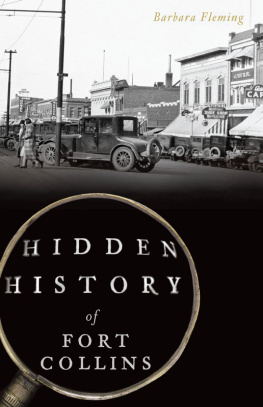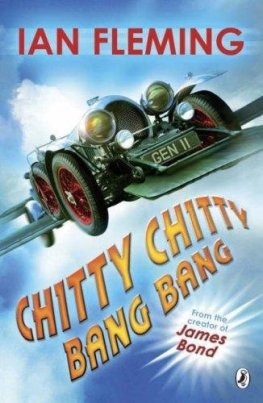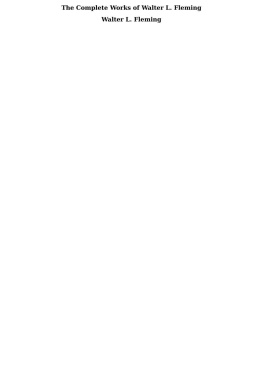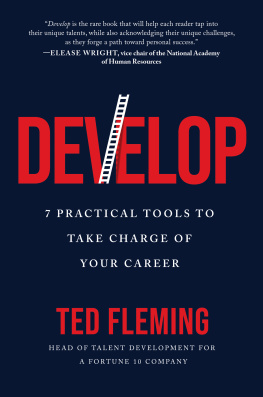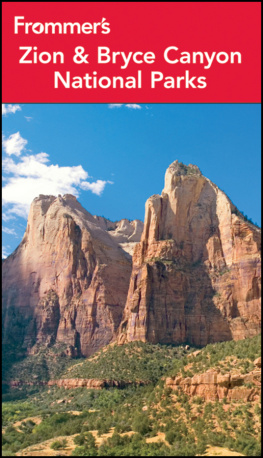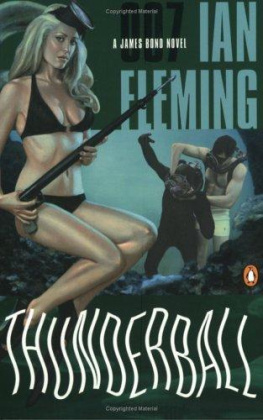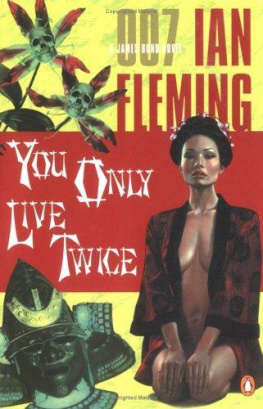Barbara Fleming - Poudre Canyon
Here you can read online Barbara Fleming - Poudre Canyon full text of the book (entire story) in english for free. Download pdf and epub, get meaning, cover and reviews about this ebook. year: 2015, publisher: Arcadia, genre: Home and family. Description of the work, (preface) as well as reviews are available. Best literature library LitArk.com created for fans of good reading and offers a wide selection of genres:
Romance novel
Science fiction
Adventure
Detective
Science
History
Home and family
Prose
Art
Politics
Computer
Non-fiction
Religion
Business
Children
Humor
Choose a favorite category and find really read worthwhile books. Enjoy immersion in the world of imagination, feel the emotions of the characters or learn something new for yourself, make an fascinating discovery.

- Book:Poudre Canyon
- Author:
- Publisher:Arcadia
- Genre:
- Year:2015
- Rating:4 / 5
- Favourites:Add to favourites
- Your mark:
- 80
- 1
- 2
- 3
- 4
- 5
Poudre Canyon: summary, description and annotation
We offer to read an annotation, description, summary or preface (depends on what the author of the book "Poudre Canyon" wrote himself). If you haven't found the necessary information about the book — write in the comments, we will try to find it.
Poudre Canyon — read online for free the complete book (whole text) full work
Below is the text of the book, divided by pages. System saving the place of the last page read, allows you to conveniently read the book "Poudre Canyon" online for free, without having to search again every time where you left off. Put a bookmark, and you can go to the page where you finished reading at any time.
Font size:
Interval:
Bookmark:
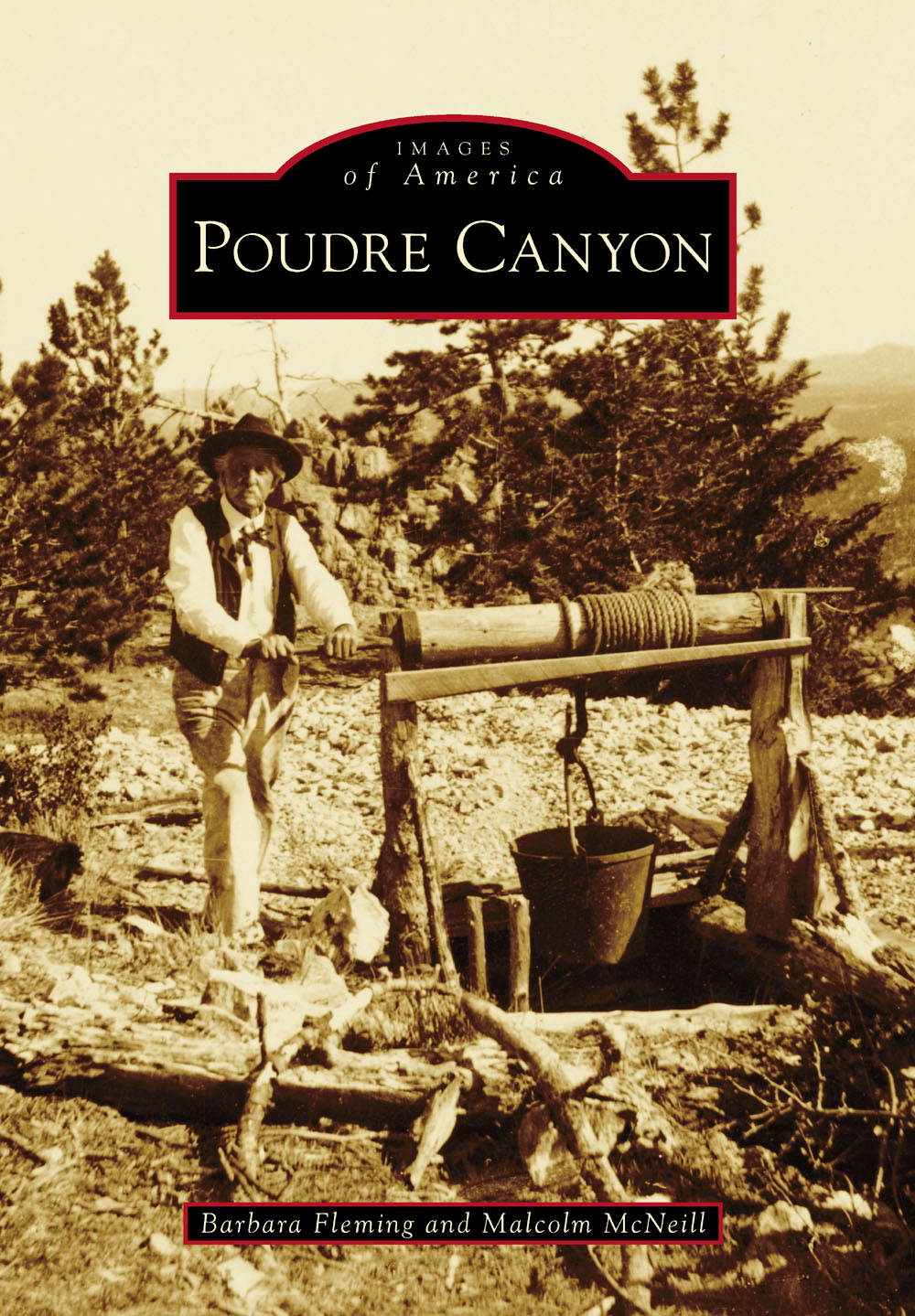
IMAGES
of America
POUDRE CANYON

Poudre Lake, located in Rocky Mountain National Park just east of the Continental Divide, is the headwaters of the Poudre River. The river travels 126 miles from its alpine start to its junction with the South Platte River, five miles east of Greeley, Colorado. During the trip, the Poudre River tumbles from 10,755 feet where it begins to 4,600 feet where it enters the South Platte River, cutting the Poudre Canyon in the process. (FCLHA Ha2940.)
ON THE COVER: For some, the mining process could be simple. Here, Albert Case brings ore up from his gold mine, probably in the Manhattan Mining District. Albert Case was the great-grandfather of Stanley R. Case, who wrote The Poudre: A Photo History in 1995. (FCLHA H08616.)
IMAGES
of America
POUDRE CANYON
Barbara Fleming and Malcolm McNeill

Copyright 2015 by Barbara Fleming and Malcolm McNeill
ISBN 978-1-4671-3370-8
Ebook ISBN 9781439652725
Published by Arcadia Publishing
Charleston, South Carolina
Library of Congress Control Number: 2015941074
For all general information, please contact Arcadia Publishing:
Telephone 843-853-2070
Fax 843-853-0044
E-mail
For customer service and orders:
Toll-Free 1-888-313-2665
Visit us on the Internet at www.arcadiapublishing.com
We dedicate this book to the collectors and preservers of history who make research for books like this possible.
CONTENTS
ACKNOWLEDGMENTS
We thank Lesley Struc, Fort Collins Local History Archive archivist, for her invaluable assistance with this project. We appreciated the assistance of Jayne Hansen as well. Thanks also go to Rene Lee of the Livermore Womans Club, Wayne Sundberg, Sue Struthers, and Larry Fullenkamp of the US Forest Service, Colorado State University archivist Vicky Lopez Terrill and History of Colorado, all of whom provided photographs for this book. Our gratitude to Dale Hein, Ben Alexander, and Laurie DAubney for informative details.
To write this book we referenced Among These Hills, by the Livermore Womans Club, Walking into Colorados Past by Ben Fogelberg and Steve Grimstead, History of Larimer County by Ansel Watrous, Cache la Poudre: The River as Seen from 18891954 by Norman Fry, and Cache la Poudre, the Natural History of a Rocky Mountain River by Mary Evans and Howard Evans, along with numerous articles from local newspapers listed in the Colorado Historic Newspapers online digitization project, but our main resource, without which we could not have completed this book, was The Poudre Canyon, A Photo History, by Stanley Case. We thank him for his work and his years of being such a significant part of the canyons story.
Photographs courtesy of the US Forest Service are acknowledged with the initials USFS; those from the Fort Collins Local History Archive with the designation FCLHA followed by a catalogue number, and those from Malcolm McNeills private collection with the initials MEM. All others are attributed by name.
INTRODUCTION
People who live in Fort Collins, Colorado, have a particular fondness for the canyon to the west of town. Its history is lively and rich, and its roads and trails are resources for hoursdaysof recreation among its beauties. Poudre Canyon (as it is known to locals), carved by the Cache la Poudre River eons ago, has many stories to tell.
This book takes the reader on a journey westward on Colorado Highway 14a highway that was once an almost impenetrable part of the western wildernesswhich now makes its way easily through the jagged rocks and steep hills. Stops along the road, as the highway wends its scenic way beside the river, reveal the canyons past.
We begin before settlement tamed the canyon, at a time when trappers roamed freely among the foliage and along the wild, rushing river, a time when the canyon was part of Native Americans hunting and camping grounds, a time when only occasional explorers ventured into its thicketed forests, a time before significant human influence on the land. We introduce the reader to colorful individuals who roamed the canyon before settlers began to come.
We learn how the river acquired its name. Decades before the town, Fort Collins, came into being, and Laporte before then, the canyon was inhabited, well known to varieties of individuals, and treasured for its bounty as well as its rugged beauty. It was also, we may suppose, well respected for its dangers.
Young Antoine Janis came to the Cache la Poudre Valley in 1836 with his father, a trapper. Janis was so struck by the beauty of the area that he determined to come back as a grown man, and he did, becoming the first settler in the valley. By the time Antoine and his bride, Elk Woman, settled there 20 years later, the fur trade was all but gone, beaver hats having gone out of fashion and beavers in short supply. Janis and his family survived by hunting, trapping other animals for fur, and keeping the peace with the Native Americans with whom he often interacted. He became multilingual, a skill that served him most of his life.
John Charles Fremont attempted to explore the canyon in 1843, when he was seeking the headwaters of the Platte River. After several futile attempts to make their way up through the formidable canyon, with its sharply steep rock walls, rushing waters, and abundant foliage, the party turned around and left.
Not too long after Fremonts failed expedition, others managed to penetrate the canyons depths and scale its heights. Tie hackingcutting logs for railroad ties as railroad lines inched westwardproved prosperous. As the lumber industry became lucrative and thrived, several enterprising individuals built roads to access the trees. One road, built by Jacob Flowers, who founded Bellvue, Colorado, went through the upper canyon toward Walden, Colorado. Hikers and trail bicyclists still use this old trail.
We take the reader along as the first roads are constructed to make traveling the canyon easier, with some detours at historic spots along the way. The reader is invited to visit old mining towns, ride along on a toll road, and stop in at some old hotels. During this time, as access to the canyon improved, settlement and industry began to grow. It would be into the new century, however, before the road finally went from one end of the canyon to the other. The very impediments that stopped Fremont remained equally impenetrable until the second decade of the 20th century. The canyon had to be entered either from the west, through the areas where mining and tie hacking took hold, or from the northeast, through Livermore, a lively Western town in its time and still an area inhabited by ranchers and other residents.
Now that travelers can go all the way up and down the canyon, we invite readers to join us through this book for a historical tour, as we tell the stories that made the canyon what it is today. The trip starts west from Teds Place, a landmark at the intersection of Highway 14 and US 287, to Mishawaka, once a resort and now a locally famous and favorite music venue, from there, past Pingree Park Road to Rustic, a former resort and restaurant, and from there to Cameron Pass at the top of the canyon. With a few side trips, we invite the reader to learn more about the area beyond the canyon itself. We visit mining camps and see how railroad ties were harvested.
Next pageFont size:
Interval:
Bookmark:
Similar books «Poudre Canyon»
Look at similar books to Poudre Canyon. We have selected literature similar in name and meaning in the hope of providing readers with more options to find new, interesting, not yet read works.
Discussion, reviews of the book Poudre Canyon and just readers' own opinions. Leave your comments, write what you think about the work, its meaning or the main characters. Specify what exactly you liked and what you didn't like, and why you think so.

